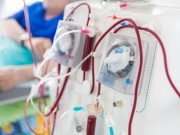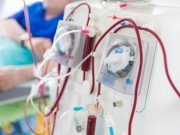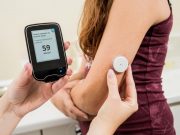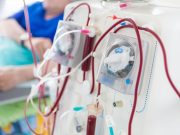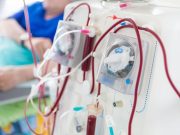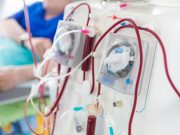Tag: DIAL
Peritoneal Dialysis Less Costly for Medicare Than Hemodialysis
Convergence in the costs of intravenous dialysis drugs seen between peritoneal dialysis, hemodialysis
COVID-19 Risk for Dialysis Patients Tied to Antibody Response to Vaccine
During omicron, risk for SARS-CoV-2 infection dependent on antibody response to COVID-19 vaccine regardless of number of doses
HRQoL on the Decline Preceding Initiation of Dialysis for Seniors
In the year following start of dialysis, stabilization with mean changes of +2 and –2 seen in mental and physical component summaries
Mortality Increased for Dialysis Patients With Hurricane Exposure
Hurricane exposure linked to higher mortality after adjustment for demographic and socioeconomic covariates
Factory-Calibrated CGM Seems Accurate for Hemodialysis Patients
Performance of a factory-calibrated continuous glucose monitor evaluated in outpatients receiving intermittent hemodialysis
Vaccination Cuts Risk of Severe COVID-19 in Patients on Dialysis
Reduction in risk of admission and deaths with prior two-dose vaccination versus no vaccination
Rapid Recovery Seen With More Frequent Dialysis in SNFs
Rapid recovery associated with reduced mortality and fewer hospitalizations
Cardiovascular Mortality Down Among Dialysis Patients
Greater declines seen for myocardial infarction, stroke, and pulmonary embolism among dialysis patients than general population
Vaccine Rollout Linked to Drop in Severe COVID-19 in Dialysis Patients
And, patients on maintenance dialysis who received COVID-19 vaccination had decreasing antibody titers over time
Humoral Response in Hemodialysis Patients Stronger With mRNA-1273
Antibody responses at six to seven and 12 weeks after the second dose stronger with mRNA-1273 versus BNT162b2


